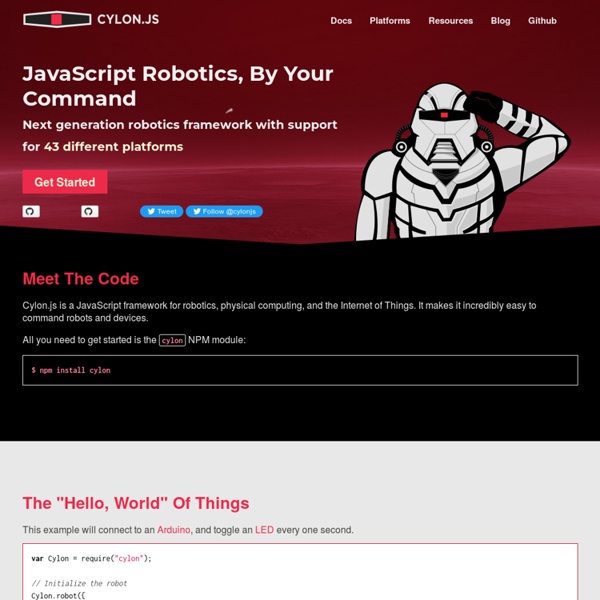Cylon.js - JavaScript framework for robotics, physical computing, and the Internet of Things using Node.js
Related: FRAMEWORKS & LIBRARIES JavaScript
oliver-moran/jimp: An image processing library written entirely in JavaScript for Node, with zero external or native dependencies.
Johnny-Five
wooorm/franc: Natural language detection
austinksmith/WebHamsters
Marak/faker.js: generate massive amounts of realistic fake data in Node.js and the browser
ritz078/embed.js
18+ JavaScript Libraries for Creating Beautiful Charts
It’s practically impossible to imagine any dashboard without graphs and charts. They present complex statistics quickly and effectively. Additionally, a good graph also enhances the overall design of your website. In this article, I’ll show you some of the best JavaScript libraries for graphs and charts. While most of the libraries are free and open source, some of them provide a paid version with additional features. This article was updated in May 2019 to reflect the current state of JavaScript charting libraries. D3.js — Data-Driven Documents When we think of charting today, D3.js is the first name that comes up. Unlike many other JavaScript libraries, D3.js doesn’t ship with any pre-built charts out of the box. A drawback for beginners could be its steep learning curve, but there are many tutorials and resources to get you started. D3.js doesn’t work well with older browsers like IE8. If you’d like to learn D3.js, we have a book on data visualization with D3. Google Charts ChartJS Recharts
Bootstrap API
Get the lowdown on the key pieces of Bootstrap's infrastructure, including our approach to better, faster, stronger web development. HTML5 doctype Bootstrap makes use of certain HTML elements and CSS properties that require the use of the HTML5 doctype. Include it at the beginning of all your projects. <! Mobile first With Bootstrap 2, we added optional mobile friendly styles for key aspects of the framework. To ensure proper rendering and touch zooming, add the viewport meta tag to your <head>. You can disable zooming capabilities on mobile devices by adding user-scalable=no to the viewport meta tag. Bootstrap sets basic global display, typography, and link styles. Set background-color: #fff; on the body Use the @font-family-base, @font-size-base, and @line-height-base attributes as our typographic base Set the global link color via @link-color and apply link underlines only on :hover These styles can be found within scaffolding.less. Normalize.css Containers <div class="container"> ... <! Bold
reLift-HTML | reLift-HTML
Related:




JavaScript, Node.js central authority for micro controller cards (Arduino, Tessel, etc.), devices (Sphero, Pebble, ARDrone), sensors, etc. by skeptikos Jun 27